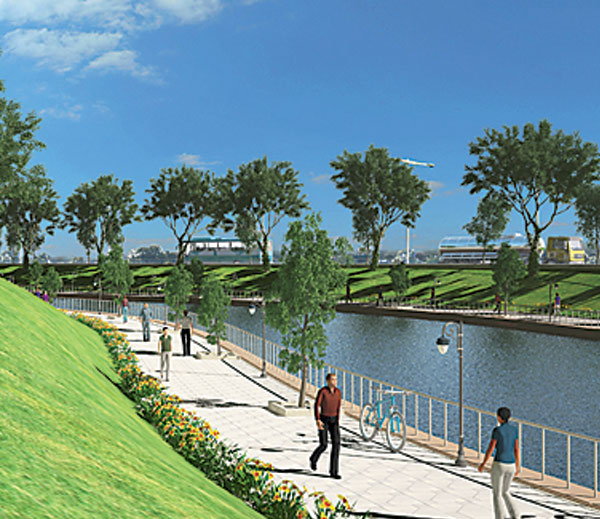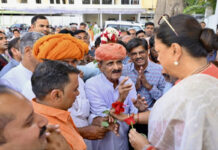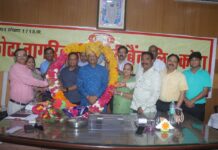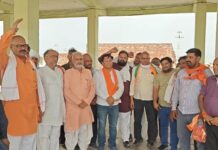
The brand new Dravyavati project is in full swing as labourers are working 24*7 to make this beautification project a reality.
What is Dravyavati project? How will it benefit people?
The wonderful Dravyavati project is prepping Jaipur for an intense beautification regime. The project will not only ensure robust connectivity but also accentuate beauty around the Riddhi Siddhi and Mansarovar regions.
A six-lane bridge will be built over the Dravyavati river, thereby ensuring swift connectivity between the concerned areas, especially Mansarovar. It will ensure better connectivity via taxis and buses apart from benefitting daily commuters.
Will the Dravyavati project be completed timely?
Speculations are rife about the timely completion of the Dravyavati River Rejuvenation project. The project work is being completed at a steady pace and looks like CM Raje is leaving no stone unturned for the effective completion of the project.
Nonetheless, rising doubts on timely completion have caused trouble for the civic body and urban development and housing (UDH) minister along with other senior officials of civic bodies.
Resolving bottlenecks as they come forth
A constructive meeting was held on Tuesday to resolve the various setbacks faced in the effective completion of the project. All bottlenecks and issues faced by the project were discussed and solved to ensure that the project work runs smoothly and steadily.
For the successful completion of this project, a few houses will also have to be removed. If rumours are to be believed, the affected houses fall in the Mansarovar and Civil Lines zones.
Rehabilitation for the affected house owners
For this purpose, officials directed the Jaipur Development Authority (JDA) to organise camps along with rehabilitating owners of houses in question. The camps are expected to be held at Sodala police station. Jaipur on June 30.
According to a recent survey conducted by the Jaipur Municipal Corporation (JMC), a total of 600 houses is thwarting the progress of the project. The survey was conducted across a stretch of 2.75 km.








